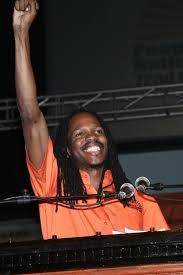
Damion Crawford propective PNP Candidate

Ann Marie Vaz JLP propective Candidate
Observation of public polls for individual constituencies published in the past, show them to be unreliable, although they may well point in the right direction in some cases.
In the 2016 general election, the East Portland seat, had just 44 percent of registered voters casting votes, ranking it as one of the lowest rural area voter turnout. The low out turn suggests a high level of dissatisfaction with the parties’ representatives. The PNP picked up 57 percent of the votes to the JLP’s 42 percent in that election, a wider gap than in 2011 that move contrary to the swing in overall general elections.
There is no way that there will be a voter turnout near 100 percent. The St Mary by-election in 2017 saw a 3 percent swing away from the PNP to the JLP with 61.4 voter turn-out up from 60 percent in the general elections. With much focus placed by both political parties on the Portland seat, a turned out 60 percent is not unexpected, although that may be a tough target to reach.
Two polls have been put out, one showing a PNP victory and one a JLP victory but both can’t be right. In the 2016 general elections, some public political commentators rubbished the polls done by the Trinidadian firm showing a JLP victory while all local polls projected a PNP victory. One would be foolish to disregard the polls done by the Barbados entity showing a massive PNP victory. The data put out in the Jamaica Observer Sunday edition, suggests some major 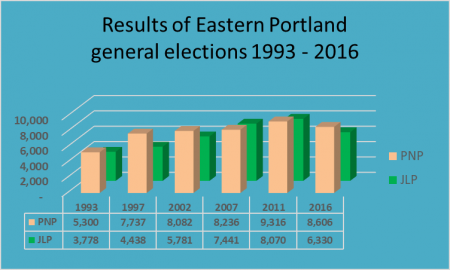 flaws in the date reported on. The numbers for Crawford at 53 percent and Vaz at 27 percent will not happen. That would result in a 80 percent voter turn-out, assuming that none of those persons who did not respond to the pollster, in fact vote. If the assumption is that no more than 60 percent of the electorate will vote then the turn out will be approximately 21,000. A 53 percent take would result in the PNP garnering 11,100 votes with the JLP having just under 10,000. The historical voting pattern suggests that Crawford is very unlikely to pick up that level of support. A 53 to 27 percent support for both parties would result in the winner getting 66 percent of the votes and the loser 34 percent and would represent a massive swing to the PNP of 8 percent and signal major trouble for the JLP and a solidification of Peter Phillips as head of the PNP. When all the issues are factored in, it looks like the support for the PNP is no more than 33 percent or just over 11,000 electorates if the turn out can rise to 60 percent, which is consistent with the results of the last two General elections.
flaws in the date reported on. The numbers for Crawford at 53 percent and Vaz at 27 percent will not happen. That would result in a 80 percent voter turn-out, assuming that none of those persons who did not respond to the pollster, in fact vote. If the assumption is that no more than 60 percent of the electorate will vote then the turn out will be approximately 21,000. A 53 percent take would result in the PNP garnering 11,100 votes with the JLP having just under 10,000. The historical voting pattern suggests that Crawford is very unlikely to pick up that level of support. A 53 to 27 percent support for both parties would result in the winner getting 66 percent of the votes and the loser 34 percent and would represent a massive swing to the PNP of 8 percent and signal major trouble for the JLP and a solidification of Peter Phillips as head of the PNP. When all the issues are factored in, it looks like the support for the PNP is no more than 33 percent or just over 11,000 electorates if the turn out can rise to 60 percent, which is consistent with the results of the last two General elections.
The Jamaica Observer Polls commissioned polls show the JLP with a lead of 37 percent to the PNP’s 27. Such results would translate to a margin of victory of 58 percent to 42 percent and a major about turn in the constituency. Assuming a 60 percent voters turnout it would mean that the JLP would pick up 12,100 votes and the PNP 9,000 votes or just a tad 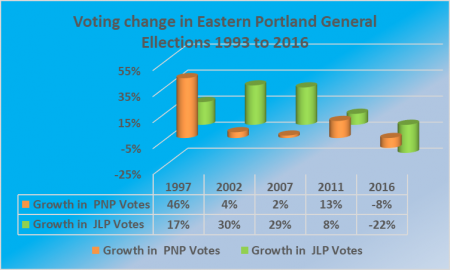 more than they gained in 2016.
more than they gained in 2016.
Data shows the JLP doing a far better job of getting out voters after the 1993 elections, except for 2016 when their vote numbers fell by 22 percent to a decline of 8 percent for the PNP and in 2011 when the PNP voter rate was higher than the JLP’s. From a gap of 3,300 in 1997, the Labour party reduced it to just 795 in 2007 and 1,246 in 2011 but saw the gap widen, with much less votes in 2016, with a margin of 2,276 votes. This change was opposite to general trend of a swing to the Labour party in 2016 island wide.
Historical trend suggests the likelihood of a close result, but whichever party can mobilize voters to get the out turn back to the traditional level of 60 percent, will win.
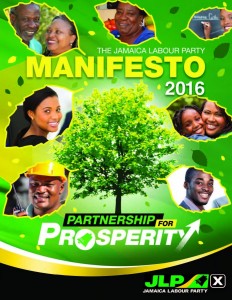 The Jamaica Labour Party won the general elections after a number of polls and forecast called it for the governing Peoples National Party. Two groups that the public is not used to for forecasting elections made a fool of themselves, suggesting the PNP would win at least 40 seats.
The Jamaica Labour Party won the general elections after a number of polls and forecast called it for the governing Peoples National Party. Two groups that the public is not used to for forecasting elections made a fool of themselves, suggesting the PNP would win at least 40 seats. 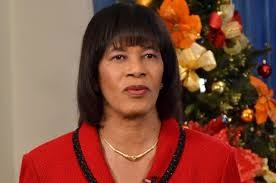
 The conventional wisdom, according to political pundits, is that a high turnout for elections favours the challengers and a low one, the government, but they don’t really say what is a low turnout? The latest polls show
The conventional wisdom, according to political pundits, is that a high turnout for elections favours the challengers and a low one, the government, but they don’t really say what is a low turnout? The latest polls show 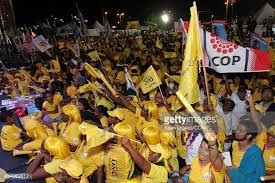 That poll result released on the Sunday ahead of the polls showed a voter turnout of 74 percent, a level that Trinidad and Tobago has not seen since 1961. In the 2010 elections, the turnout was 69.45 percent, 66.03 percent in 2007 and 69.64 percent in 2002, next closet was 1991 with 65.76 percent. IC Insider stated that based on the pattern of recent years it would be surprising if the turnout exceeded 70 percent and that could make a huge difference to the final election results. In the end the turnout fell well below 70 percent, at 66.84.
That poll result released on the Sunday ahead of the polls showed a voter turnout of 74 percent, a level that Trinidad and Tobago has not seen since 1961. In the 2010 elections, the turnout was 69.45 percent, 66.03 percent in 2007 and 69.64 percent in 2002, next closet was 1991 with 65.76 percent. IC Insider stated that based on the pattern of recent years it would be surprising if the turnout exceeded 70 percent and that could make a huge difference to the final election results. In the end the turnout fell well below 70 percent, at 66.84.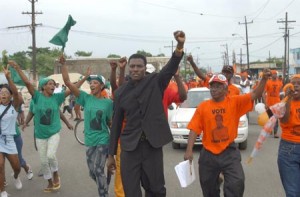










$1m for 2016, $1.5m in 2017
Minister of Finance Audley Shaw should announce a $1m plan for 2016 and $1.5m for 2017 in his budget presentation today.
At the same time, interest cost on the government debt, will decline as interest rates fall, notwithstanding the increased amount in the budget this time around for interest. The increase is to accommodate the interest on the Petrocaribe Fund debt which will be recovered from the Fund.
Interestingly, former Prime Minister Bruce Golding and an active participant in the 2016 election campaign for the JLP gave a speech in April in which he suggested that the implementation should be done to maintain simplicity and equity in the system. He made two proposals. The more important one was for an across the board threshold of $1 million. It would appear that Golding was testing the waters for a modification in the $1.5 million plan at least initially, that would have affected only some on the PAYE system.
Jamaicans should get the news that for 2016 the PAYE threshold will be $1 million, with it going to $1.5 million during 2017. It is unclear if the $1.5 million will be across the board or not. But with tax reform to be implemented probably in 2017, it seems as if it will be an across the board threshold.